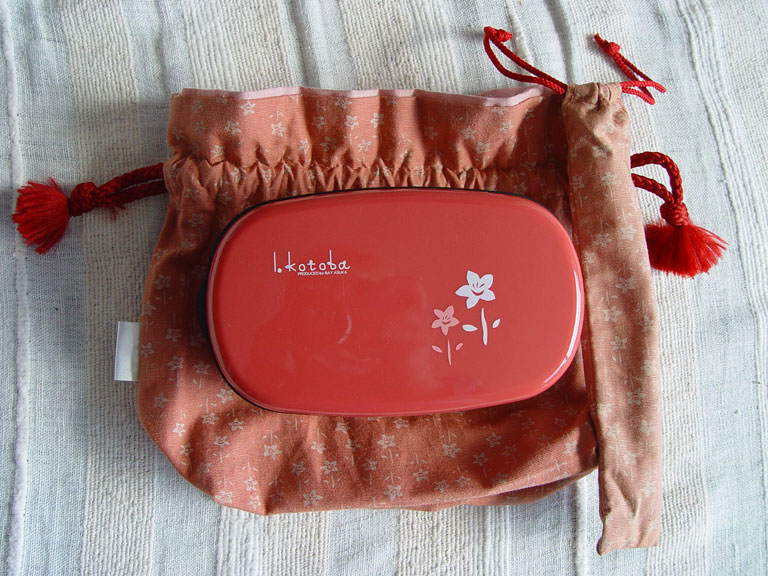
Japanese packages are beautiful. One after another. Old-fashioned Japanese buildings, Japanese posters, and so on, are also gorgeous. Even the Japanese flag is better-looking than other flags. The look of the IBM Thinkpad came from bento boxes. Why is Japanese visual design so great?
The usual answer is that Japan is an island, with scarce resources, therefore the Japanese learned to do much with little. This might explain a certain minimalism but there are plenty of island countries with undistinguished visual aesthetics.
My answer is different. It starts with the fact that Japan has a very large coastline/area ratio. It isn’t just an island, it’s a skinny island. That’s why the Japanese eat so much seafood. Seafood has a mild flavor. To preserve variety, you cannot spice it much otherwise everything ends up tasting like the spice. The differences between different fish are lost. This is why Japanese cuisine is weakly-flavored.
This created a problem for cooks. If the main food is weakly-flavored, everything else must also be. You want to show you care but you cannot do it with time-consuming complex sauces (such as harisa or mole, which takes a whole afternoon to make) or complex spice mixtures (such as curries) or complex cooking methods (French, Chinese). You are basically serving raw or lightly-cooked food with almost no spices. The solution — the way to show you cared — was presentation. The emotional energy of Japanese cooks went into making their food beautiful. Japanese food isn’t just the least-flavored of all major cuisines, it is also by quite a bit the best-looking. That’s how it started. Japanese cooks figured out how to make food beautiful. The lessons they learned and taught (at every meal!) spread to other design. When you grow up surrounded by beautiful things, as Japanese designers do, it helps you make beautiful things.
A friend of mine is a Chinese design student. She has met Japanese design students. How do they explain it? I asked her. They didn’t talk about it, she said. “We communicated in English. Their English is even worse than mine.”
You might enjoy the movie Tampopo (which is described as a “Japanese noodle western”): https://www.imdb.com/title/tt0092048/ The main character’s quest is to make the perfect noodle soup. It’s actually a very funny movie.
The simplicity thing extends even to religion. Traditional Shinto shrines are extremely simple (see Ise Jingu, the Torii entranceways to shrines, the paper and rope adornment, etc.) Are you suggesting that the Japanese native religion (which is a form of nature worship) took this form because they eat fish?
Fascinating! I’d want to see crude correlational data about coastlines and other variables along with possible confounds before I would necessarily “believe” it but it’s a really imaginative smart hypothesis. I hope some creative geographer or anthropologist reads it…
I used to know someone who was a Berkeley anthropology grad student living in Japan writing his dissertation on Japanese culture… I’ll try to track him down and run this past him…
Does the Danish aesthetic as applied to furniture fit here?
Aaron, no I cannot explain why Danish furniture is the way it is. Although there may be a Scandinavian tradition of wood carving — my Swedish cousin carved butter knives for his family. That might have given them an advantage in furniture making.
KenF, did the minimalism come entirely from lessons learned about how to present raw fish? I don’t know. I’m only trying to explain visual design.
I suspect the higher average visuo-spatial IQ of East Asians goes a long way towards explaining high visual appreciation and creativity in EA cultures.
This would not fully explain a distinctively Japanese ability, if that exists.
But the explanation of IQ subscale differences then pushes the question back to why EAs have a higher VS IQ – which is presumably some selection factor. Unless it is, as I tend to suspect, an accidental and contingent by-product of selection for higher general intelligence leading to different IQ profiles in different populations due to the contingencies of gene mutations.
At any rate, Amerindians demonstrate the same Eeast Asian differentially-higher VS IQ than Europeans (although with different general intelligence levels than modern East Asians), suggesting that this IQ subscale differential was probably established in Asia before 15000 years ago.
Ashkenazi Jewish higher IQ, for example, is differentially in the verbal IQ subscale (not visuospatial) (which also fits the profile of Ashkenazim achievement – which is very high indeed for many intellectual activities but _not_ for those requiring exceptional visuospatial intelligence).
However, at around population average IQs, smallish differences in subscale IQ probably make little difference to the performances under selection – and these differentials only become apparent as performance moves further away from the mean – performance levels which are (by definition) rarer, and also prone to regression to the mean.
For most of its history, Japan has been a rich country, but the one resource it can’t import is space. Japanese design, at least as far as architecture and interior design go, seems heavily driven by the need to make cramped spaces functional and livable. Your theory about the aesthetic of food is interesting, though.